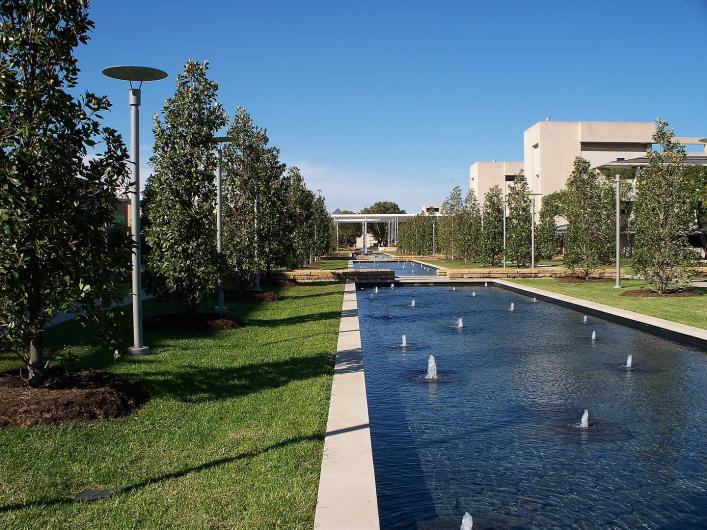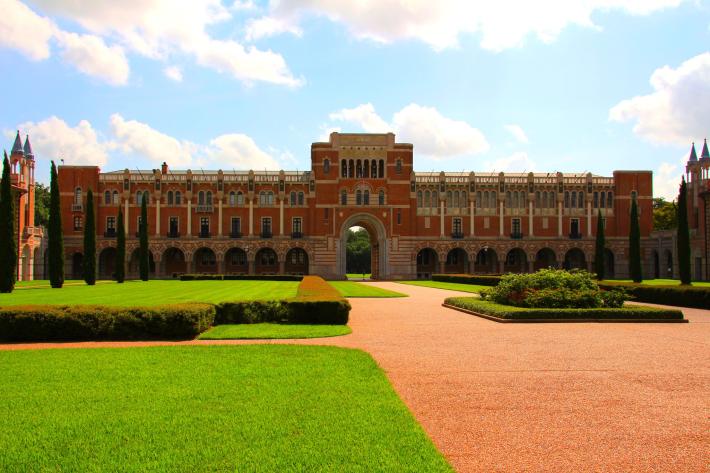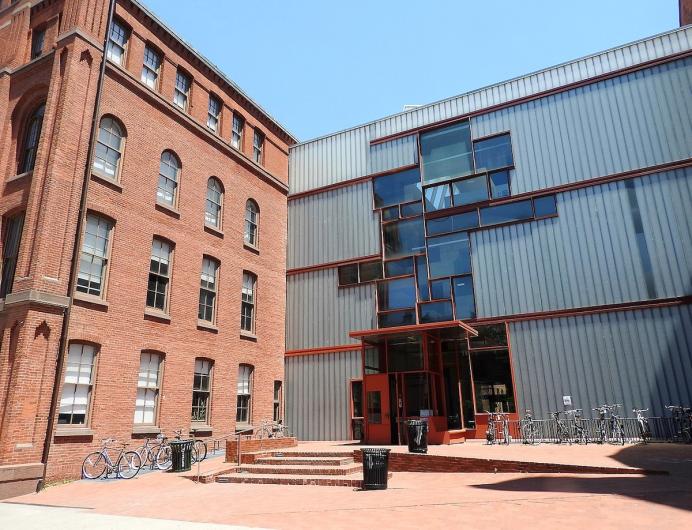
In today's world, professionals versed in art and design are in high demand, particularly those who can use their skills in both the fine arts and commercial worlds. Those looking to embark on a career in the arts have a huge range of options for their training and education. In an on-going series, Art & Object delves into the top art schools and programs in the U.S.
Here, we look at the top five schools of the Southwest, which tend to be universities with remarkably robust and high-performing visual and performing arts programs compared to other regions in the U.S. The programs at these institutions often encourage or require some degree of interdisciplinary studying. The resources some of these programs have rival those of the highest-performing dedicated art schools in the nation. This region's listing also features a private, Christian university.
To determine its final rankings, Art & Object's editorial staff weighed the following factors: degree and curriculum variety, quality of school museums, school renown, tuition cost (undergraduate, graduate, etc. if applicable), employment rate, graduation rate, internship opportunities, student body diversity*, surrounding art scene, cultural opportunities, and student statements. While Art & Object has strived to craft a list in the most objective manner possible, we recognize that measures of "best" could include many other factors. With that said, here are the Art & Object selections of the best art schools in the Southwest.
You can find our rankings for the Southeast, Northeast, Midwest, and West here.




























